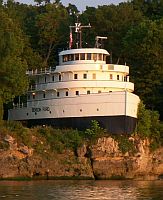
Benson Ford
Great Lakes freighters are known for their longevity. Compared to their salt water sisters, lakes boats, as they are called, rust slowly and tend to be around for a long time. Here are two lakes freighters, Benson Ford and John W. Boardman, which may be around even longer than usual. Their hull and engine rooms have been scrapped but their forward deck houses have become lake houses.
Put-In Bay, Ohio is a village on South Bass Island in Lake Erie. It is probably best known for being the site of Oliver Hazard Perry’s War of 1812 victory over British Naval forces, known as the Battle of Lake Erie, and sometimes referred to as the Battle of Put-in-Bay. The bi-centennial of the battle was celebrated last year. Put-in_Bay is also known as the resting place for the forward deck-house of the Great Lakes freighter Benson Ford. The forward deck-house is now a lake house on a cliff high above Lake Erie.

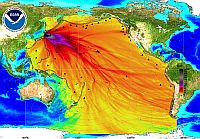
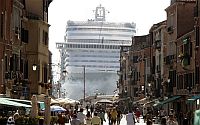

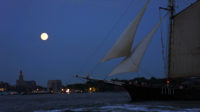
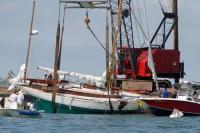

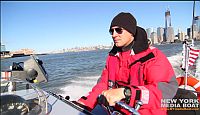 On Tuesday, the
On Tuesday, the 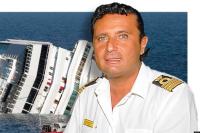 Captain Francesco Schettino recently gave a two-hour lecture on emergency procedures to criminal science masters candidates at Rome’s Sapienza University. Yes, this is the same Capt. Schettino who ripped open the side of the cruise ship
Captain Francesco Schettino recently gave a two-hour lecture on emergency procedures to criminal science masters candidates at Rome’s Sapienza University. Yes, this is the same Capt. Schettino who ripped open the side of the cruise ship 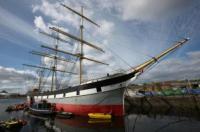
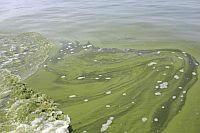
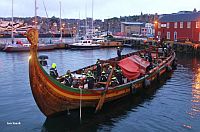
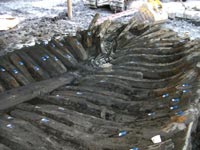 Four years ago, workers excavating at the new World Trade Center site in lower Manhattan uncovered
Four years ago, workers excavating at the new World Trade Center site in lower Manhattan uncovered 